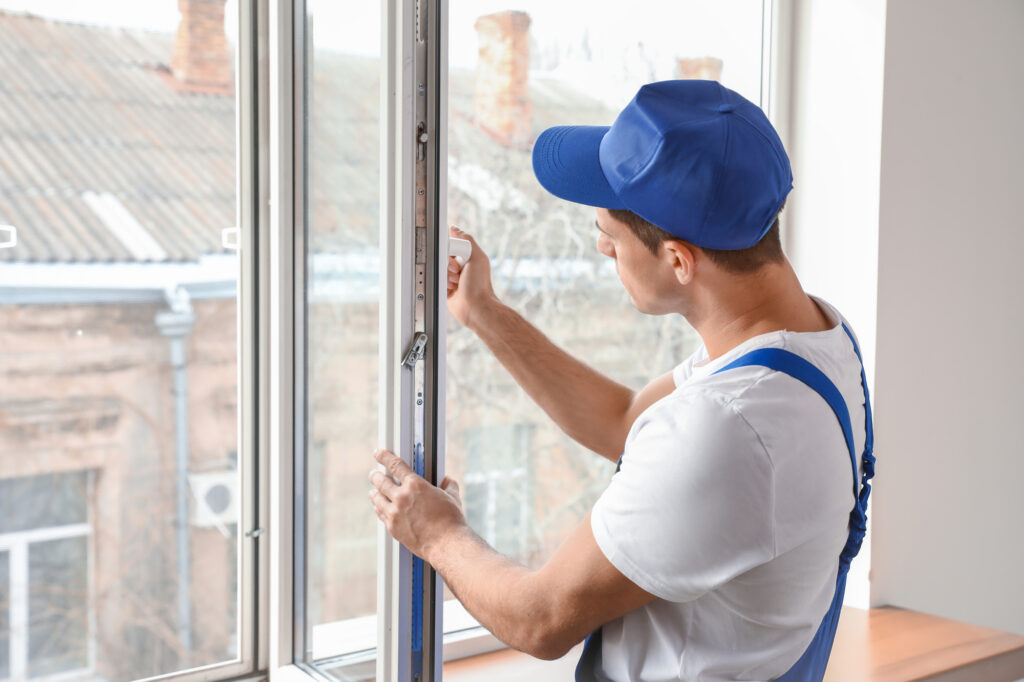Replacing windows is more than a simple home upgrade—it is an opportunity to improve energy efficiency, enhance curb appeal, and optimize functionality. Proper window installation is key to achieving these benefits. This makes it vital to approach the project with precision and care.
If you are installing new windows yourself or working with a professional, understanding the steps and potential challenges can help you achieve outstanding results.
Understanding the Window Installation Process
A successful window installation begins with preparation. This step sets the foundation for a secure fit and prevents common issues such as drafts, water leaks, or misaligned frames. Each home is different, so the steps can vary based on your existing windows and chosen replacement style. However, the principles of precision and thoroughness remain the same.
Preparation involves assessing the condition of the current window frame. This addresses any signs of damage, and makes sure that the opening is clean and level. Reinforcing the frame with durable wood pieces is often necessary if rot or instability is present. For homes built before 1978, an added layer of caution is warranted to avoid exposure to lead-based paint. This may require professional assistance.
Removing the Old Window Safely and Effectively
Removing an old window may seem straightforward. However, it can involve multiple steps, depending on the design and construction. If your windows feature storm panels, these should be the first components. Storm panels are often secured with screws or fitted into tracks. Therefore, careful removal is necessary to avoid damaging the frame.
Older windows may include sash weights or springs, which balance the window’s movement. These components need to be disconnected. If there are cords, cutting them will allow the weights to fall into the frame cavity, where they can then be removed. For spring-loaded mechanisms, handle the removal cautiously as they may still hold tension.
Stop molding, which holds the window sashes in place, should also be detached. Depending on the installation method, stops can be located on the interior or exterior. Removing them without damaging surrounding materials requires scoring the seams with a utility knife. Alternatively, you can use a putty knife to pry them away gently.
Preparing the Opening for a New Window
Once the old window has been removed, the next step is preparing the opening. This involves inspecting for structural weaknesses, such as gaps, rot, or uneven surfaces. Filling holes with wood filler and reinforcing any unstable areas with new wood pieces can restore integrity to the frame.
Insulation is another vital aspect of preparation. Filling weight chambers with appropriate insulation materials can enhance thermal performance and reduce drafts. Proper cleaning is equally important; dust, debris, and residue from old materials can interfere with installing the new window. A clean, smooth surface allows for secure placement and alignment.
Tips for Installing the New Window
Precision and patience make a significant difference when it is time to install the replacement window. Start by applying flashing tape along the sill to create a watertight barrier. This tape should extend slightly up the sides of the opening to guard against moisture infiltration.
Drying-fitting the window before securing it permanently can help you assess the fit and adjust as needed. During this process, shims play an important role in leveling the frame. Shims should be placed strategically to support the window and prevent sagging over time.
After confirming the alignment, a bead of caulk should be applied to the window stops and sill. This seals the frame and helps anchor the window in place. Once the frame is set, screws should be used to secure the window firmly, with shims preventing shifts during tightening.
Fine-Tuning for a Perfect Fit
With the window now secured, it is time to refine the installation for optimal performance and appearance. Begin by checking the alignment of the window. The frame should sit plumb, level, and square within the opening. Measuring the diagonals of the frame can help confirm this. If adjustments are needed, additional shims can be used to create a more balanced fit.
Testing the movement of the sashes is another key step. They should glide smoothly without excessive force. Pay attention to the meeting rails, and the horizontal sections of the sashes that align when the window is closed. Misalignment here can indicate the need for further adjustments to the frame or shims.
Once the window operates as intended, trim any protruding shims with a utility knife. This step improves the aesthetic and prevents interference with finishing materials such as trim and insulation.
Sealing the Window for Efficiency and Durability
Creating an airtight and waterproof seal is one of the most important aspects of window installation. Spray foam insulation is ideal for filling gaps around the frame. This material expands to close spaces while maintaining flexibility. It is important for withstanding seasonal temperature changes.
Use spray foam sparingly to avoid overfilling gaps, which can exert pressure on the frame and compromise its alignment. Backer rod weatherstripping can be inserted for larger spaces before applying foam for added stability. Avoid using batt insulation, as it can trap moisture and lead to mold or rot over time.
On the exterior, weep holes should be added to the bottom of the window. These small openings allow water to drain away. This prevents it from pooling around the frame. Scrap wood can protect the sill while tapping the weep holes into place with a hammer.
Finishing Touches for a Polished Look
Installing trim around the window completes the project by covering gaps and creating a seamless appearance. Exterior trim should be secured with finish nails, and any nail holes can be filled with wood putty for a smooth surface. Seal the edges of the trim with latex caulk. Take care not to block the weep holes.
The interior trim also benefits from a caulk seal. This step enhances the window’s appearance and contributes to its airtight seal. A properly sealed window reduces energy loss. It helps maintain consistent indoor temperatures and lowers utility costs.
Transform Your Home with AZ Valley Windows
AZ Valley Windows knows that a successful window installation is not just about functionality—it is about enhancing the beauty and efficiency of your home. With over 20 years in the Valley and a team bringing a combined 50 years of expertise, we have the knowledge and dedication to make your vision a reality.
From selecting the right window styles to proceeding with the precise installation, we guide you through every step with professionalism and care. Contact us today for a free consultation.


